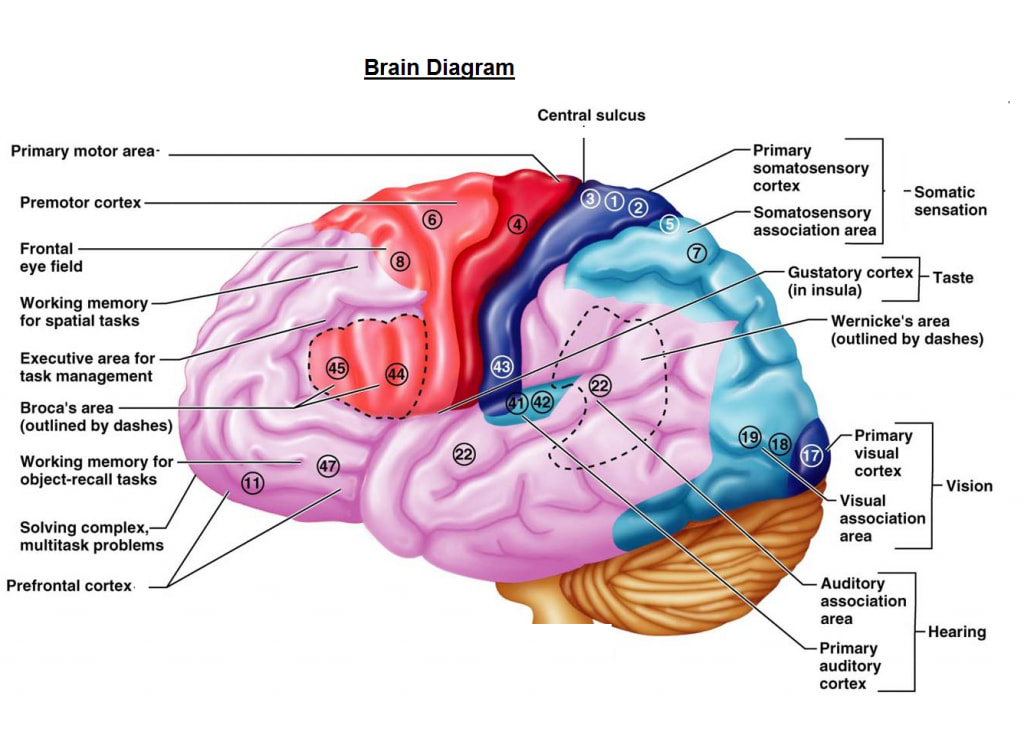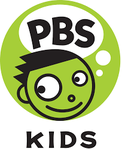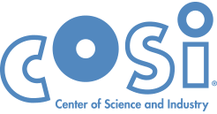The brain is the control center for the human body. It contains thoughts, reactions, perception of senses, language, balance, and many other human functions. It is made up of millions of nerve cells called neurons that communicate with a network of nerve fibers throughout the body electrochemically. The brain is at the center of the nervous system, which sends messages from the brain and spinal cord to the rest of the body. Link
Parts of the Brain |
TED Talk on the Human Brain |
1. Cerebrum: the part of the brain that makes up most of the weight and is the outer surface of the brain, which is split in to two hemispheres. The hemispheres are split in to lobes, which control speech, movement, sensory information, vision, and hearing.
| |||||||
| brain_concept_planner.docx | |
| File Size: | 21 kb |
| File Type: | docx |
Watch neuroscientist Suzana Herculano-Houze as she talks about what is so special about the human brain. Link
How the Brain Works
Words to Know
Central Nervous System the complex of nerve tissues that controls the activities of the body. In vertebrates it comprises the brain and spinal cord.
Peripheral Nervous System the nervous system outside the brain and spinal cord.
Temporal Lobe each of the paired lobes of the brain lying beneath the temples, including areas concerned with the understanding of speech.
Frontal Lobe each of the paired lobes of the brain lying immediately behind the forehead, including areas concerned with behavior, learning, personality, and voluntary movement
Parietal Lobe either of the paired lobes of the brain at the top of the head, including areas concerned with the reception and correlation of sensory information.
Occipital Lobe the rearmost lobe in each cerebral hemisphere of the brain
Pituitary Gland the major endocrine gland. A pea-sized body attached to the base of the brain, the pituitary is important in controlling growth and development and the functioning of the other endocrine glands.
Hypothalamus .a region of the forebrain below the thalamus that coordinates both the autonomic nervous system and the activity of the pituitary, controlling body temperature, thirst, hunger, and other homeostatic systems, and involved in sleep and emotional activity.
Get the full word list here.
Peripheral Nervous System the nervous system outside the brain and spinal cord.
Temporal Lobe each of the paired lobes of the brain lying beneath the temples, including areas concerned with the understanding of speech.
Frontal Lobe each of the paired lobes of the brain lying immediately behind the forehead, including areas concerned with behavior, learning, personality, and voluntary movement
Parietal Lobe either of the paired lobes of the brain at the top of the head, including areas concerned with the reception and correlation of sensory information.
Occipital Lobe the rearmost lobe in each cerebral hemisphere of the brain
Pituitary Gland the major endocrine gland. A pea-sized body attached to the base of the brain, the pituitary is important in controlling growth and development and the functioning of the other endocrine glands.
Hypothalamus .a region of the forebrain below the thalamus that coordinates both the autonomic nervous system and the activity of the pituitary, controlling body temperature, thirst, hunger, and other homeostatic systems, and involved in sleep and emotional activity.
Get the full word list here.
Additional Resources
|
Check out PBS Kids' online resource for the brain to find activities and more information!
Link |
COSI is a science-based, kids-focused interactive learning museum in Columbus, Ohio with an in-depth sections about the human body, Link |
Ohio State Wexner Center has an unbelievable neurology department that shares a wealth of information about the human brain and keeping it healthy. Link |
Check out National Geographic's site dedicated to the brain!
Link |
Want more in depth content knowledge?
|





